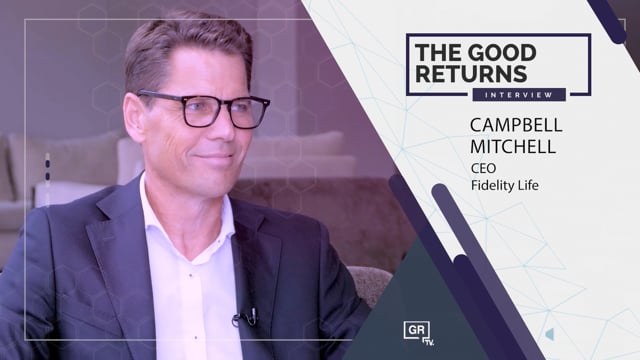Research: Stepped vs level – there's more than one right answer
As an analyst of life and health insurance products, I am occasionally asked to comment on the "stepped versus level premium" debate.
Friday, August 15th 2008, 9:10AM
by Graeme Lindsay
When AIA (AIG's predecessor) introduced stepped premium Annual Renewable Term Life in 1981, suddenly we could, in most cases, provide the cover levels clients needed, at a price that they could afford. As a result, all other insurers gradually followed AIA and introduced YRT products.
Whilst these products were initially life cover only, eventually accelerated TPD and Trauma covers were added to the products on offer. Over the last two decades, we have seen disability income, business overheads, business IP, standalone TPD, trauma, and waiver of premium covers added to the range.
These are typically offered on a stepped premium basis, as in the premium is calculated yearly, based on the insured's attained age. Several insurers, in an attempt to diversify their offering to advisers, provide level premium options. The level premium terms range from three or five years, through 10 years to age 60 or 65, and in the case of life cover, to age 80 and even for life.
The argument proffered for level premium is "certainty – a known price". The counter argument is: "yes, but for many, if not most of our family clients, the higher price of level premiums, means that the money available to pay premiums will buy less cover than it would with a stepped premium product". This conclusion assumes, I think correctly, that most clients do not have unlimited money for their life and health insurance premiums.
If we accept that the short level premium term basis is not significantly different from YRT, the real debate must focus on the difference between YRT and premiums payable to 60 or 80.
If we use a YRT product that does allow the client to have the cover he or she needs, how do they get on 10, 20 or 30 years down the track? The cost of the stepped premium cover has increased, and particularly after retirement, becomes virtually unaffordable! This is when a level premium contract is the clear winner. The dilemma is: "how do I get the long-term cover I will need later in life, at a price I can afford now?"
One possible answer is to consider what I call the core need for cover, in other words, the need for cover that will persist after retirement, and to cover that need with a long-term, at level premium product. This core need for cover is really the cash necessary to tidy up one's affairs and to provide a cash cushion for one's dependents, possibly the range of $100,000-$250,000. The balance of cover needed now should be provided with stepped premium policies. This means that, as one's need for cover decreases with increasing age, the stepped cover can be progressively reduced, until at the point of retirement, the long-term policy, ideally now fully paid-up, will provide the ongoing cover required in retirement years at no little or cost then.
The question of level premium income protection (IP) cover is slightly different. Given that the cover ceases at age 65, the only justification for using level premiums is that the short-term pain of the initially higher premium, is more than offset by the long-term gains that should accrue over time. My advice to advisers who recommend the level premium IP cover is: be sure that you have factored the time value of money into any premium comparisons you do. You will need to construct a spreadsheet that does a discounted cash flow of the respective premium streams to give a valid comparison. Then, the choice of the inflation (discount) rate is crucial.
In summary, there is certainly a place for level premium covers, but I advise caution. If the need is obviously long term, and the client can afford the higher premium, then level premium fits the bill. Otherwise, stick to stepped premium.
Graeme Lindsay runs Strategy Financial which provides research to advisers on insurance products. The comments in "Strategy Thoughts" outlines his view on recent product and policy changes.
| « ISO overhaul urged in five-year review | In force premiums up nearly 10% » |
Special Offers
Commenting is closed
| Printable version | Email to a friend |



